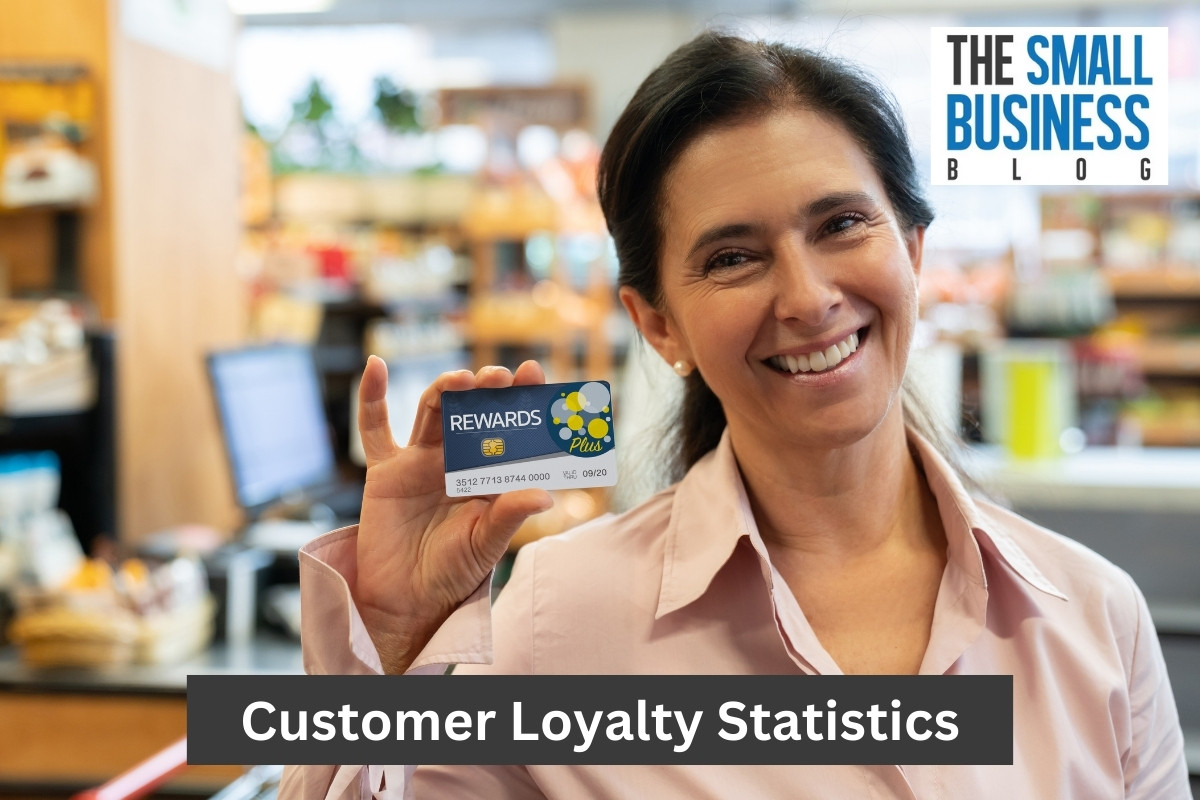Most of us are aware of how competitive the world of brands is.
There are at least hundreds of thousands, if not millions of brands in the United States and across the globe all vying to attract new customers.
We have researched the most recent data regarding customer loyalty statistics to bring our readers the most accurate and up-to-date information about brand loyalty among modern consumers.
Brand loyalty comes from building strong and trusting customer relationships through the products, services, and customer service a business brings to the table.
It’s easier to attract new customers than it is to retain them and convert them into loyal customers.
There is no single way to attract new customers and to entice them to stay with your brand.
You must know your audience to get started.
For instance, younger consumers are more concerned with social impact and the environment while the older consumer is more concerned with quality and price.
This data is only a small part of attracting and retaining loyal customers.
One of the most effective and popularly used ways to retain customers and create brand loyalty involves rewards and incentive programs that encourage customers to be loyal and stay with the brand.
In this article, we will learn more about customer loyalty data and the rewards and incentives used to keep them around.
Let’s explore the data surrounding customer brand loyalty.
Post Contents
- 1 Key Statistics
- 2 Customer Loyalty Statistics
- 2.1 1. 97% of American consumers claim to be loyal to at least one brand.
- 2.2 2. 88% of consumers say that three or more purchases are needed to encourage brand loyalty.
- 2.3 3. 90% of consumers said they are more apt to try new brands since the pandemic.
- 2.4 4. 56% of customers say that they stay loyal to brands that “get them”.
- 2.5 5. 43% of consumers are known to spend more money on brands and businesses to which they are more loyal.
- 2.6 6. 69% of consumers said they choose a retailer by its loyalty rewards program.
- 2.7 7. 57% of customers say they will quit being loyal to a brand if their negative reviews are ignored.
- 2.8 8. 57% of Gen Z consumers are less loyal to brands since the pandemic.
- 2.9 9. 61% of retailers say that customer retention is their biggest challenge.
- 2.10 10. 68% of consumers claim they will join a customer loyalty program.
- 2.11 11. Roughly 8 out of 10 worldwide consumers say that good customer service keeps them loyal.
- 2.12 12. Over 90% of businesses have a loyalty program of some kind.
- 2.13 13. 60% of American consumers said if they can’t contact a brand, they are less likely to make a purchase.
- 2.14 14. The customer loyalty management sector is worth $5.29 million as of 2022.
- 2.15 15. 90% of U.K. and U.S. consumers will spend more with a brand committed to protecting their personal data.
- 2.16 16. Under 50% is the average customer retention rate for over half of all industries.
- 2.17 17. 50% of consumers altered their buying behavior to achieve a higher level in a rewards program.
- 2.18 18. 7 out of 10 American shoppers say loyalty/rewards programs keep them engaged with their favorite brands.
- 2.19 19. The probability of a business selling to an existing customer over a new customer is 13 times greater.
- 2.20 20. A small 5% boost in customer retention can improve profits by 25%.
- 3 FAQs
- 4 Conclusion
Key Statistics
- 97% of American consumers claim to be loyal to at least one brand.
- 88% of consumers say that three or purchases are needed to encourage brand loyalty.
- 90% of consumers said they are more apt to try new brands since the pandemic.
- 43% of consumers spend more money on brands/businesses to which they are more loyal.
- 69% of consumers said they choose a retailer by its loyalty rewards program.
- 57% of customers say they will quit being loyal to a brand if their negative reviews are ignored.
- 57% of Gen Z consumers are less loyal to brands since the pandemic.
- 61% of retailers say that customer retention is their biggest challenge.
- 68% of consumers claim they will join a customer loyalty program.
Customer Loyalty Statistics
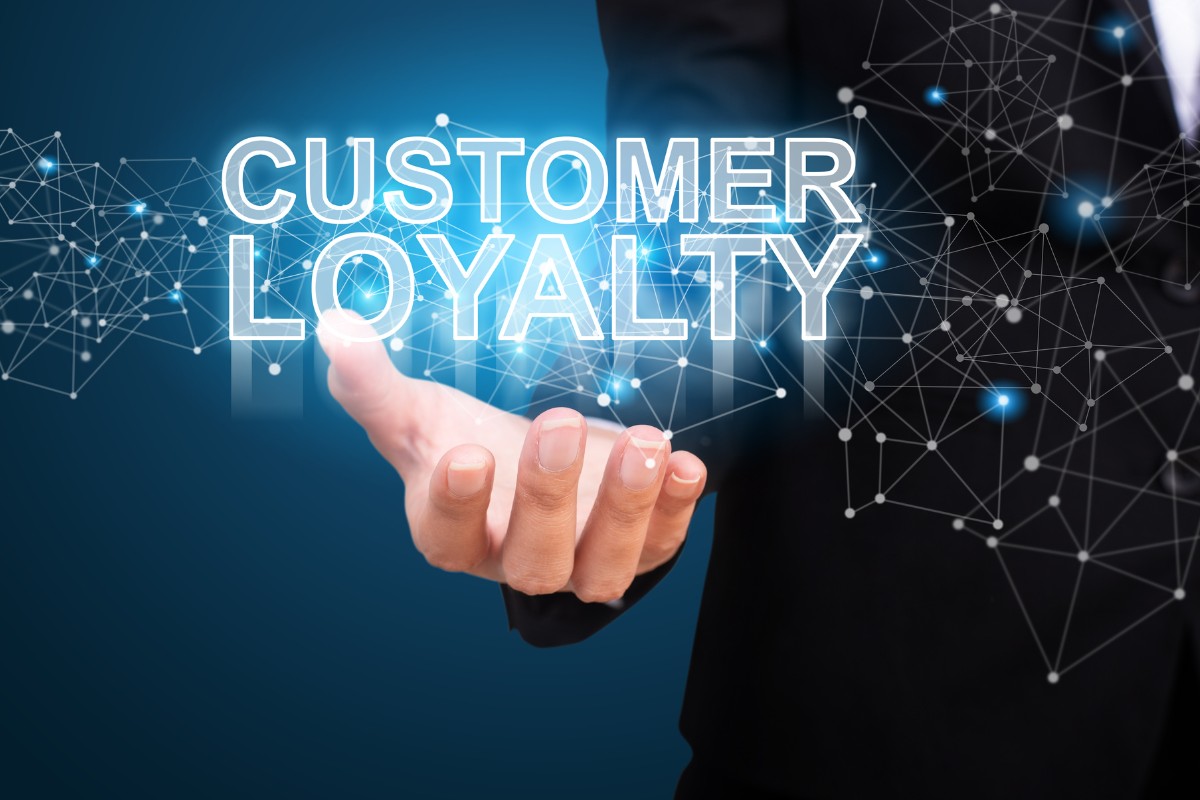
1. 97% of American consumers claim to be loyal to at least one brand.
Findings from savings.com research in 2021 revealed that 97% of American consumers are loyal to at least one brand.
In 2019, this figure was 90% which also reveals a rise in brand loyalty in only two years.
(NACS, 2021)
2. 88% of consumers say that three or more purchases are needed to encourage brand loyalty.
According to 88% of customers in a survey, it requires three or more purchases to build loyalty to a brand.
Only 12% said they will commit to brand loyalty after only two purchases, and 37% said they need to make five or more purchases before they commit their loyalty to a brand.
(Exploding Topics)
3. 90% of consumers said they are more apt to try new brands since the pandemic.

Since the pandemic, 80% of consumers said they are more apt to try a new brand.
This data shows us that shoppers are more open to try new brands since the global pandemic.
Gen Z shoppers are harder to please making them a hard sell in terms of customer brand loyalty, but it can be done.
(PR Newswire)
4. 56% of customers say that they stay loyal to brands that “get them”.
One of the elements of encouraging brand loyalty is personalization.
A study from 2020 showed that 56% of customers remain loyal to brands that “get them”.
This relates to knowing your customers’ preferences and being thoughtful and meaningful about your offerings.
(FreshLime, Zippia)
5. 43% of consumers are known to spend more money on brands and businesses to which they are more loyal.
A recent study found that 43% of consumers will spend more money at businesses they are loyal to.
This is how significant brand loyalty is for brands and businesses.
Brands and businesses cannot ignore 43% of consumers.
What steps will you take with your brand or business with this knowledge?
(MarketSplash, Zippia)
6. 69% of consumers said they choose a retailer by its loyalty rewards program.
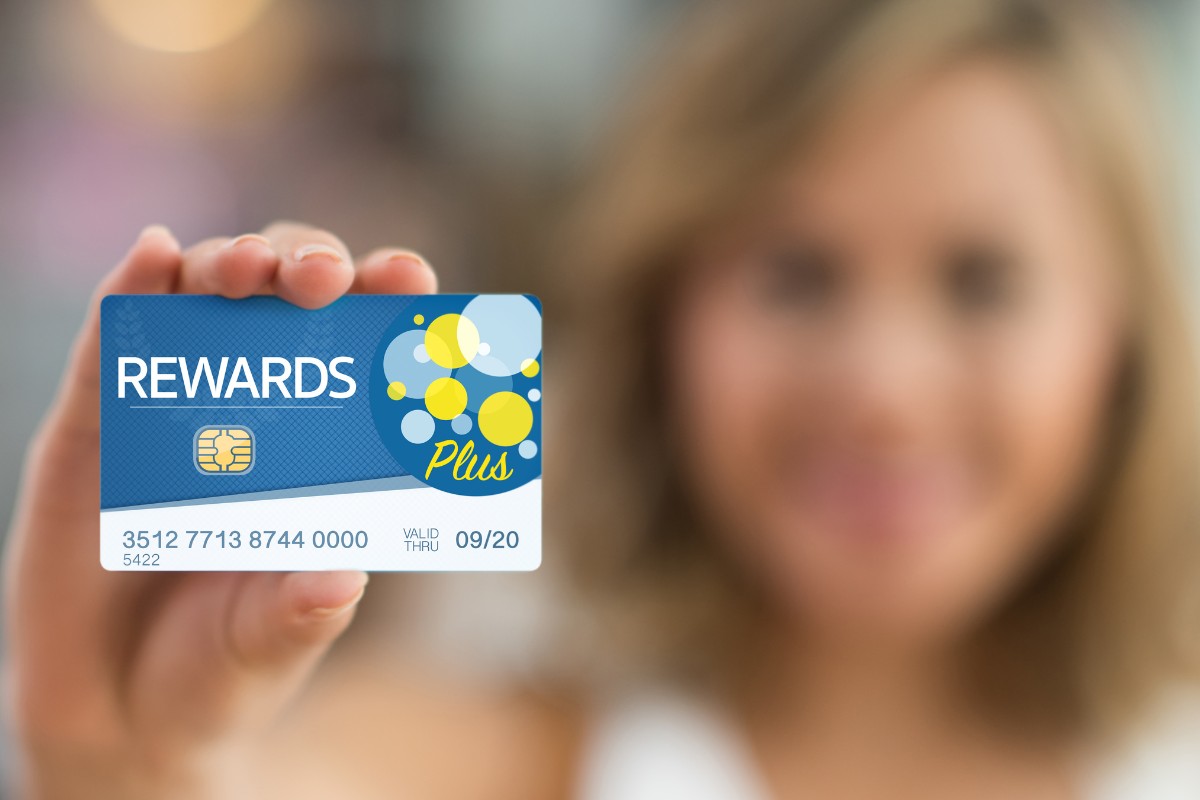
Now that we know some statistics about brand loyalty and consumers, let’s discuss what consumers think about loyalty programs.
With 69% of shoppers saying they are influenced by a retailer due to its customer rewards; you can’t ignore that figure and fact.
(Invespcro)
7. 57% of customers say they will quit being loyal to a brand if their negative reviews are ignored.
How important is it to respond to all customer feedback?
If 57% of customers from a single survey said they would stop being loyal if their negative feedback/review is not addressed, it shows how important it is.
If you’re a business, when was the last time you responded and did something about a negative review?
(MarketSplash)
8. 57% of Gen Z consumers are less loyal to brands since the pandemic.
We already know that 90% of consumers are more open to trying new brands since the pandemic, but 57% of Gen Z shoppers are less loyal since the global pandemic.
These figures are significant to brands and businesses today.
Gen Z is starting to make up for a large consumer demographic and will grow in the next few years.
(PR Newswire)
9. 61% of retailers say that customer retention is their biggest challenge.
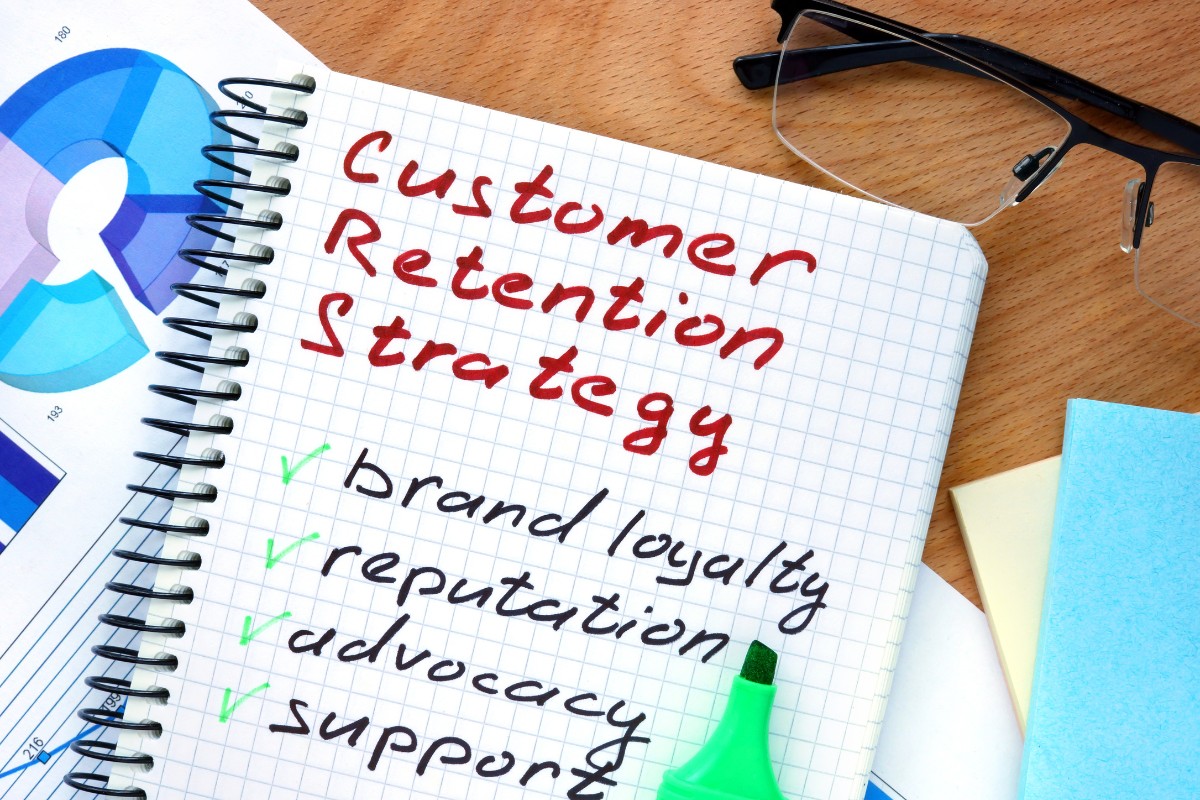
A significant percentage of retailers (61%) admit that customer retention is a big challenge for them nowadays.
This makes sense with most shoppers being more open about trying the latest brands and with the loyalty rewards competitive spirit among retailers.
Obviously, there is work to do to improve brand loyalty.
(Invespcro)
10. 68% of consumers claim they will join a customer loyalty program.
When a consumer likes a brand, or likes brands, 68% say they will join the brand’s loyalty program to get special deals, discounts, and coupons.
This data confirms the importance of implementing a brand loyalty or rewards program.
This is one of the most popular ways to retain your customer base.
(Queue It)
11. Roughly 8 out of 10 worldwide consumers say that good customer service keeps them loyal.
One of the most important aspects for 8 out of 10 global customers is how a company handles their customer service.
This is a vital statistic in terms of brand loyalty for businesses and brands across the globe.
(Statista, 2022)
12. Over 90% of businesses have a loyalty program of some kind.
How important is having a loyalty program for customers?
More than 90% of today’s companies have some kind of loyalty rewards program.
In fact, nine times out of ten, you will get a hit on the term loyalty program or rewards program when you search it on Google.
(Queue It)
13. 60% of American consumers said if they can’t contact a brand, they are less likely to make a purchase.
A sizable percentage (60%) of American consumers say that if they can’t contact a brand, they are unlikely to buy anything from them.
Loyal customers don’t come easy.
People need to be able to easily call, text, or message a company if they are to feel connected and safe.
Otherwise, they are uneasy about where they are inputting their payment details, address, etc.
(Statista, 2022)
14. The customer loyalty management sector is worth $5.29 million as of 2022.
Data from 2022 revealed that the loyalty management market size accounted for $5.29 million (USD).
Moreover, this sector is expected to reach $28.65 billion by 2030.
Between 2023 and 2030, the overall market is expected to have a CAGR of 23.7%.
(Exploding Topics)
15. 90% of U.K. and U.S. consumers will spend more with a brand committed to protecting their personal data.
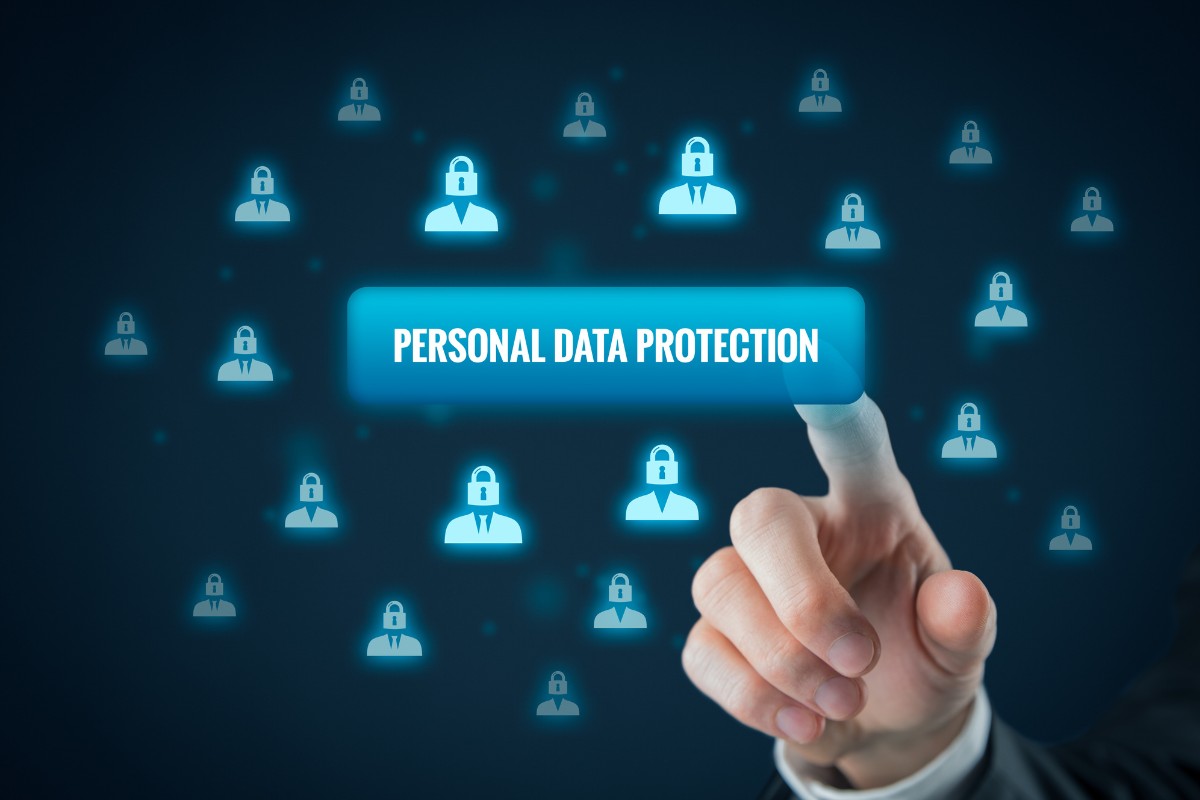
In terms of 2022 global customer loyalty data, 90% surveyed consumers in the U.K. and the U.S. said they are more apt to spend more money with a brand committed to protecting their confidential data.
This shows us how important personal data is to consumers.
(Statista, 2022)
16. Under 50% is the average customer retention rate for over half of all industries.
This data shows us that half of all industries have a less than 50% customer retention rate.
It’s believed that the challenge of customer retention is significant in this data.
It’s apparent that this one challenge does impact brand customer loyalty.
As we have mentioned, there is always room for improvement.
(Fortunly)
17. 50% of consumers altered their buying behavior to achieve a higher level in a rewards program.
According to data, half (50%) of consumers changed the way they were buying to achieve a higher level within a rewards program.
This tells us how much consumers today appreciate and engage with loyalty and rewards programs.
(Invespcro)
18. 7 out of 10 American shoppers say loyalty/rewards programs keep them engaged with their favorite brands.
Another significant piece of data reveals that 7 out of 10 shoppers surveyed in America said that they feel more connected to brands that have loyalty programs.
Moreover, 60% of Millennial and Gen Z consumers are loyal to brands that address social issues.
(Statista, 2022)
19. The probability of a business selling to an existing customer over a new customer is 13 times greater.
Some data we discovered show us that selling to an existing customer (repeat business) has a probability of 60% to 70%.
For new customers, that probability is reduced to 5% to 20%.
This is the kind of data that has a massive impact on sales.
(Zippia)
20. A small 5% boost in customer retention can improve profits by 25%.
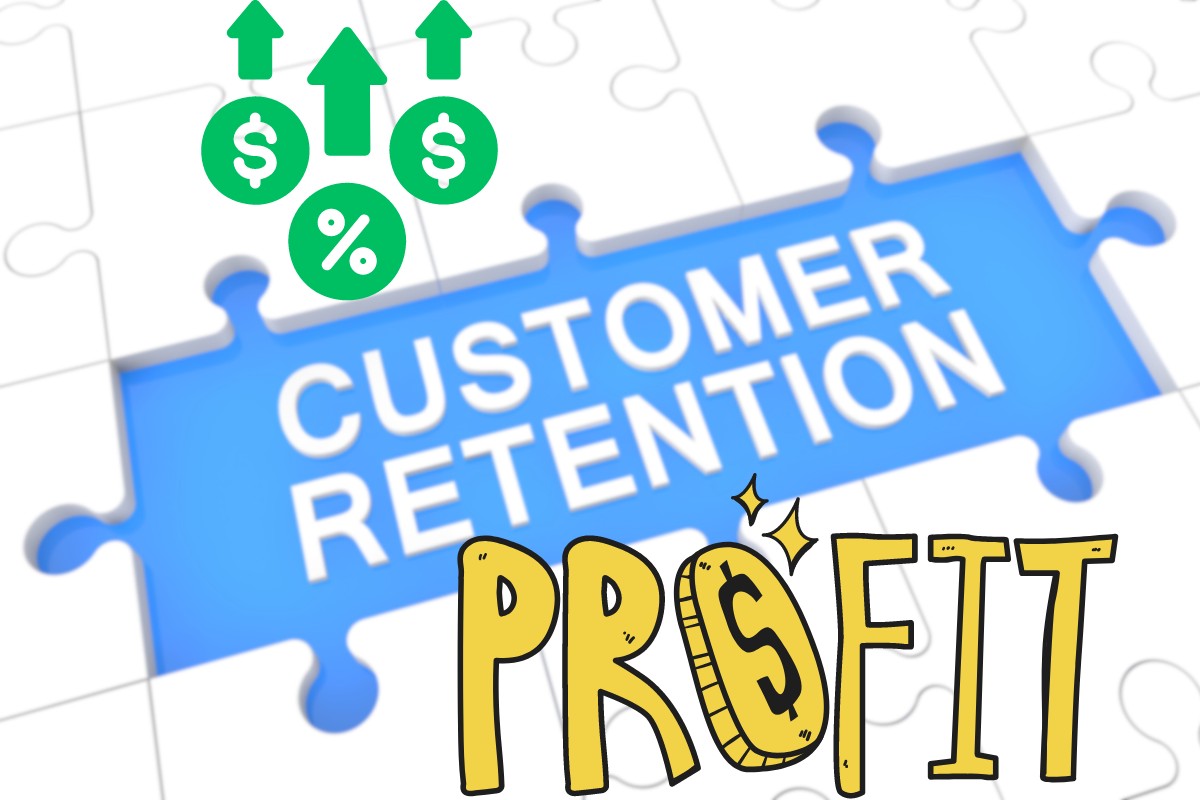
Businesses (brands) need to know that just a seemingly insignificant 5% boost in customer retention can correlate to a 25% increase in profits.
When you combine this data with the other data in this article, it all comes together nicely.
(Queue It)
FAQs
What is Customer Brand Loyalty?
In basic terms, customer loyalty to a brand is measured by how likely they are to keep doing business with a brand.
Customer brand loyalty is more than just another metric by which a brand can measure their performance.
It’s also a measurement of how well a brand/business is performing.
Consistent customer satisfaction often results in customer loyalty, which relates to how customers view the brand’s value and how much they feel connected to the brand.
What’s So Important About Brand Loyalty?
Customer loyalty correlates with more sales, higher sales, a stable loyal customer base, and lowered marketing costs.
Data shows that loyal customers are more apt to provide repeat business, recommend the brand to others, and are less concerned with price.
What are Some Benefits of Brand Loyalty?
It’s well worth it to brands to encourage brand loyalty since it comes with so many amazing benefits.
Here are the basic benefits we found:
1. More Sales: Loyal customers are more apt to repurchase items from the brand. As a result, the brand enjoys a boost in sales.
2. A Strong Customer Base: Loyal customers are less apt to switch to a competitor, which correlates with a solid and stable customer base.
3. Decreased Marketing Expenses: When loyal customers are less apt to switch to a brand competitor, the brand/business also spends less on marketing.
4. More Word-of-Mouth Marketing: Don’t discount work-of-mouth (WOM) marketing, especially when loyal customers are highly likely to recommend their favorite brand to their friends, family, and acquaintances.
5. Lowered Price Sensitivity: If the brand must raise their prices a bit, a loyal customer is less apt to switch because of it.
What Influences Customer Brand Loyalty?
There are several things that influence customer brand loyalty including the following:
1. Quality: The quality of a product or service is important enough to encourage brand loyalty when you create customer satisfaction.
2. Service: Customer service is especially important to people. When a brand creates a consistently positive customer experience, it’s hard for them not to become and remain loyal.
3. Reputation: A brand’s reputation relates to how you present yourself to your target audience. A positive reputation should be your goal.
4. Values: When consumers share a brand’s values, they are more apt to be converted to a loyal customer.
5. Personalization: A personalized experience encourages loyalty for brands.
Incentives: Rewards and incentives are effective and efficient for encouraging brand loyalty.
How Can a Brand Boost Customer Loyalty?
Here are some ways to encourage brand loyalty:
1. Deliver high-quality products and services.
2. Provide superb customer service.
3. Build a positive reputation.
4. Communicate brand values.
5. Personalize the customer experience.
6. Offer incentives and rewards.
7. Listen to customer feedback and act on it as needed.
8. Build a community around the brand.
What are Some Types of Brand Loyalty?
Customers engage in three main types of customer loyalty:
1. Heart: Customers with heart loyalty are connected emotionally to a brand and feel a sense of connection, belonging, and loyalty.
2. Head: Customers who engage in head loyalty to brands are more rational and they feel they get the best products and services at the best prices.
3. Hand: Hand loyal customers provide habitual brand loyalty. They are buying from this brand because of their familiarity with it and the convenience of it.
Conclusion
After reading these statistics and FAQs, you should be more enlightened about how important brand loyalty is to your business.
Building brand awareness, attracting customers, retaining customers, and providing quality products and customer service go a long way to customer retention.
These statistics also reveal how important developing and implementing a customer loyalty program is for your brand.
This is something that not only builds loyal customers, but also helps get your brand noticed.
After reading this data, we hope you can make the appropriate changes to improve your own customer brand loyalty.
We hope you have enjoyed reading these customer loyalty statistics and that this article is of value to you.







